Hey there, city-dwellers! Ever felt that summertime sizzle and thought, “Wow, it’s a lot hotter here than in the countryside”? You’ve experienced what the science folks call the Urban Heat Island (UHI) effect.
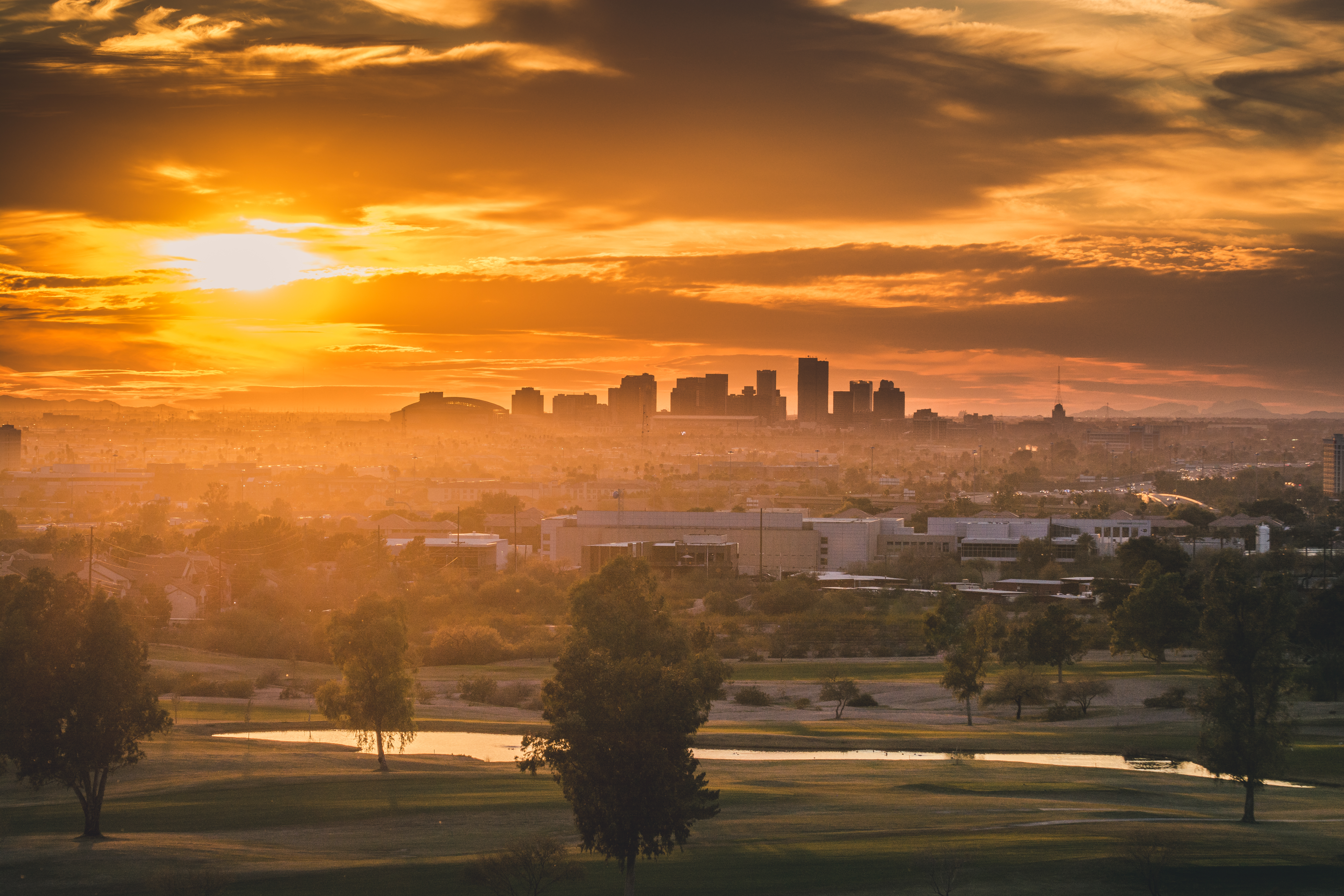
This phenomenon refers to cities being significantly warmer than their surrounding rural areas—think of it like you’re on an island surrounded by an ocean of coolness, but you’re stuck in the heat. Not an island vacation I’d sign up for! But don’t worry; our green friends—trees—come to the rescue with their wonderful, shade-giving canopies.
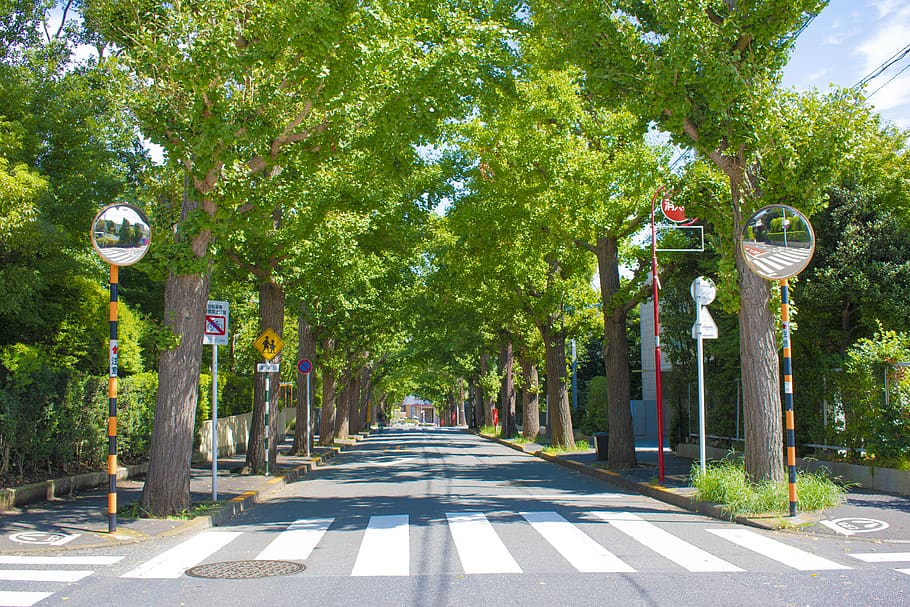
In this article, we’re diving into the role these leafy heroes play in battling the urban heat. And as someone who’s lived in both concrete jungles and forested havens, I can tell you, the difference is more than just a breath of fresh air.
So, let’s take a stroll through the city streets, learn about these heat islands, and discover how the humble tree canopy plays a huge role in keeping our cities cooler, healthier, and, dare I say, happier places to live. Trust me; it’s going to be an enlightening journey. Buckle up, my eco-conscious friends!

Understanding Urban Heat Island (UHI) Effect
Let’s dive into some science, shall we? No need to pull out your old school textbooks—I promise to keep things interesting!
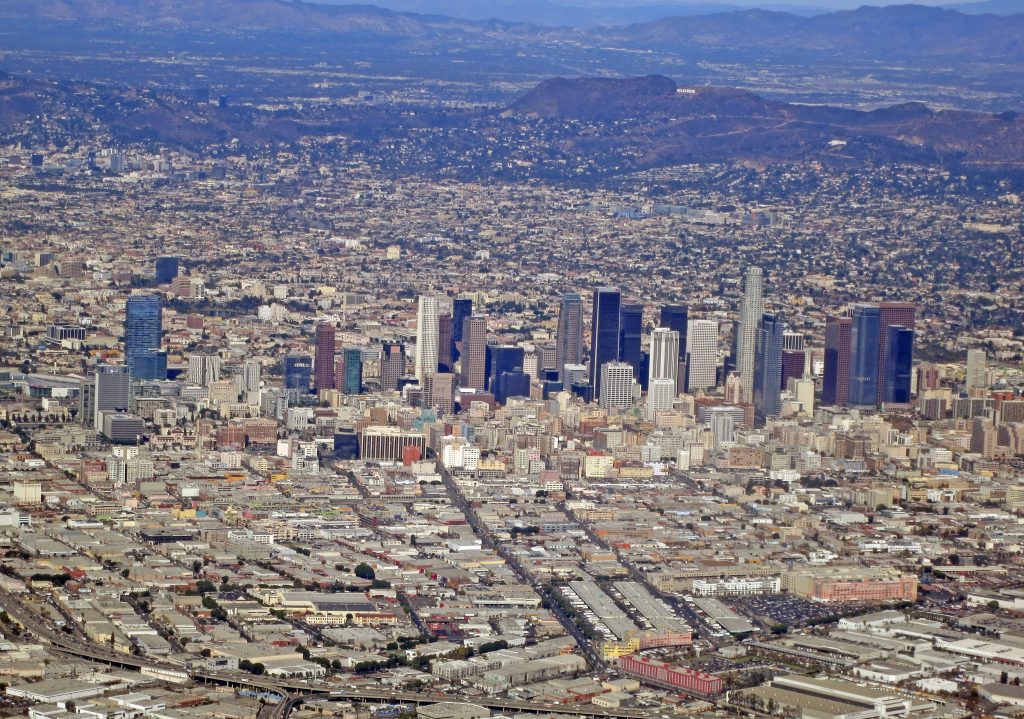
Picture this: a vast sea of concrete buildings, asphalt roads, and barely any green in sight. This, my friends, is the setting for our urban heat island story. Heat islands occur in urban areas because all these man-made materials absorb heat during the day and slowly release it at night. It’s like the city’s wrapped in a giant thermal blanket.
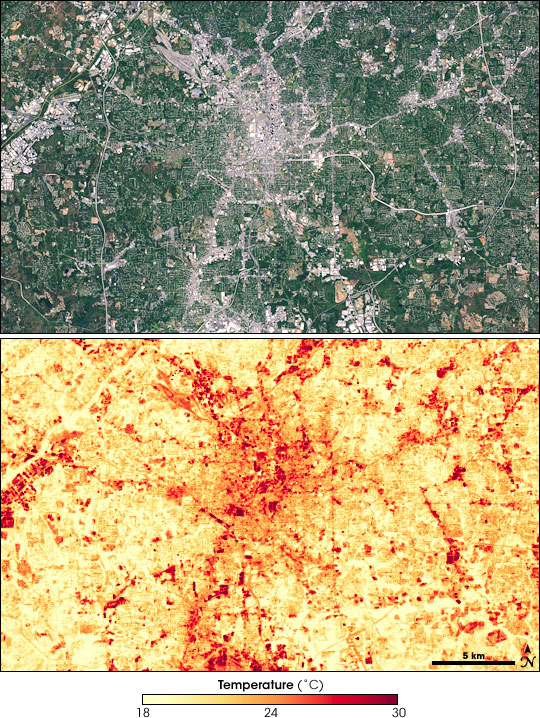
And when there’s a lack of natural areas to absorb and alleviate this heat—say, trees, parks, bodies of water—the heat gets trapped, raising the overall temperature. Suddenly, walking down the street feels like you’re in a sauna!
But it’s not all about comfort. This increase in temperature can lead to more energy consumption (think air conditioning), decreased air quality, and even health problems. That’s right—the urban heat island effect isn’t just a discomfort; it’s a significant environmental and public health issue.
:format(webp)/cdn.vox-cdn.com/uploads/chorus_image/image/56814733/shutterstock_262710809.13.jpg)
So, now that you’ve got the lowdown on UHIs, it’s time to introduce the cool saviors of our story: tree canopies.
Role of Tree Canopies in Urban Areas
Now that we’ve gotten our crash course on urban heat islands, let’s turn our attention to the caped crusaders of our cities, the mighty tree canopies.
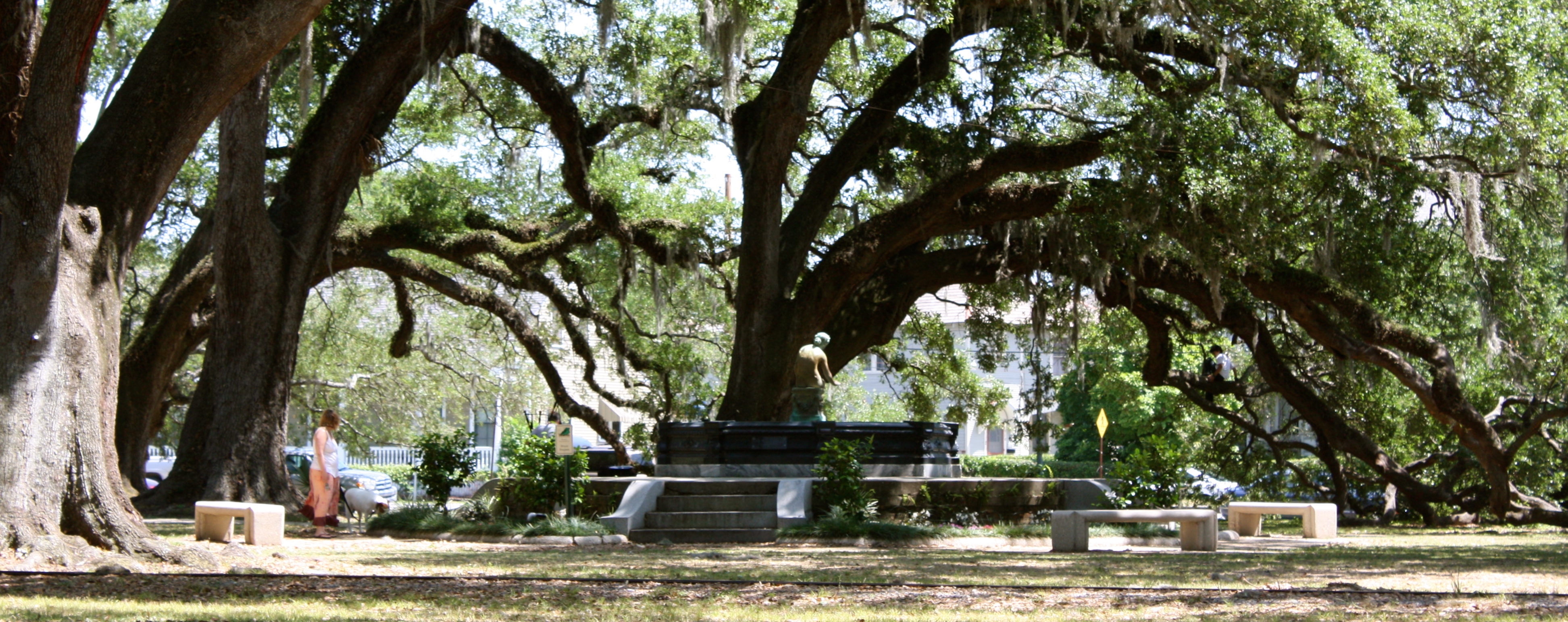
Picture the sprawling branches of a tree in your favorite city park, its leaves fluttering like green confetti in the breeze. This is more than just a pretty sight, folks! These canopies act like natural air conditioners, providing shade and reducing temperatures underneath.
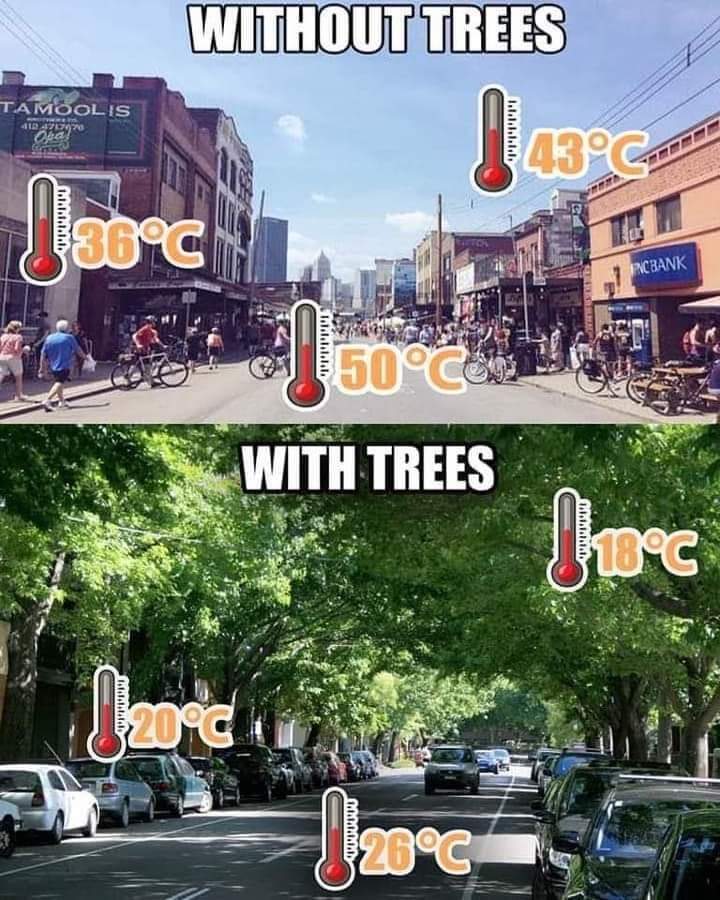
But it’s not just about the shade. Ever heard of evapotranspiration? It’s a fancy word for a simple process. When trees “sweat” (that’s right, they sweat just like us), they cool the air around them. It’s their own version of a cooling system, and they’ve been doing it for millions of years. Talk about OG technology!

But, don’t just take my word for it. Studies have shown that tree canopies can reduce local air temperatures by up to 9°F (5°C). That’s enough to turn a sweltering day into a somewhat comfortable one!
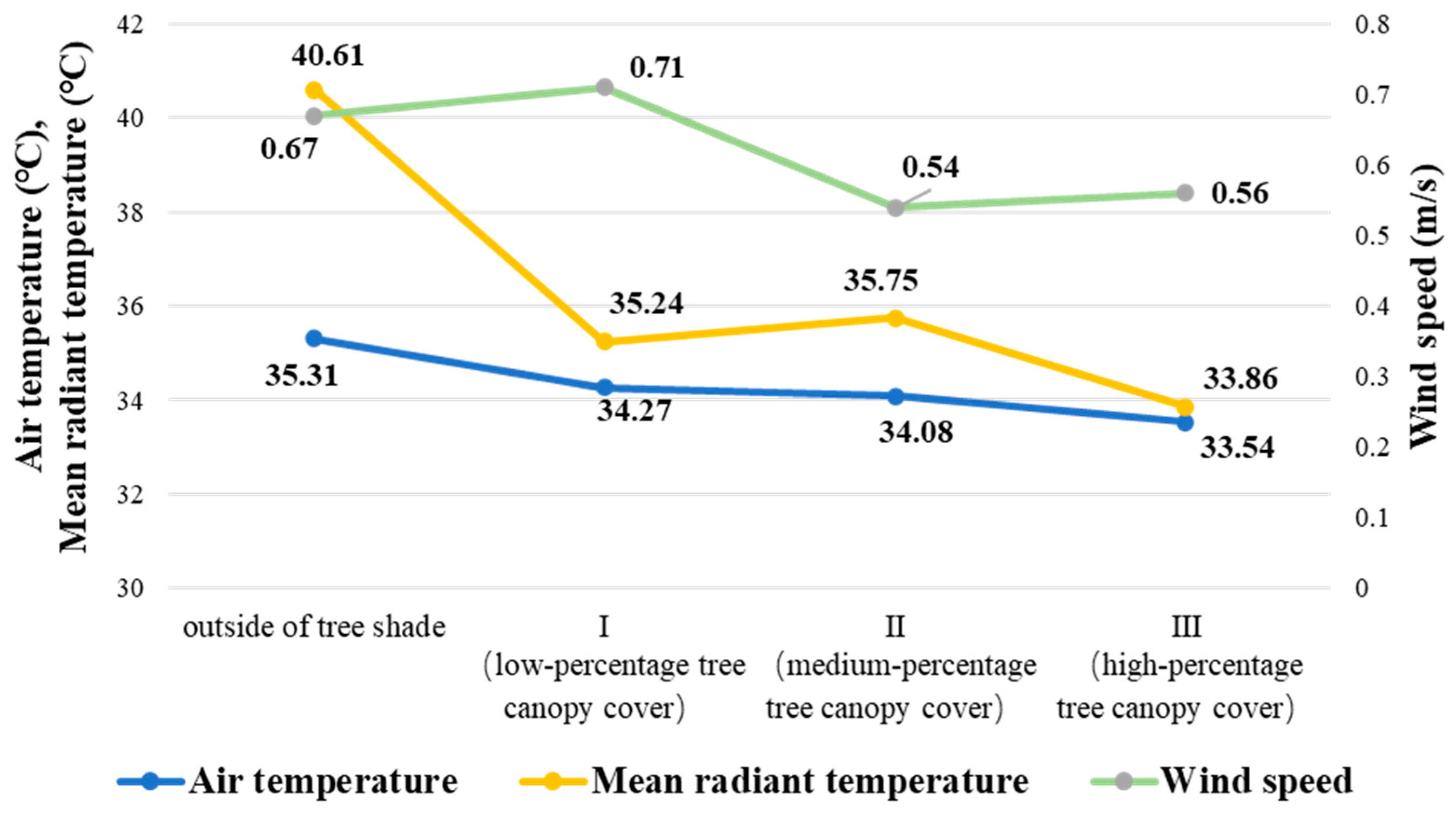
Tree canopies also have a ton of other benefits, from improving air quality to reducing stormwater runoff and even beautifying our cities. They’re the silent superheroes that don’t wear capes—they wear leaves!
But as amazing as these natural heat combatants are, it’s not always a walk in the park when it comes to implementing and maintaining them. Stick around as we dive into the science, the successes, and the challenges of growing our urban forests.
The Science Behind Tree Canopies and Urban Heat Reduction
Alright folks, let’s nerd out a bit more, shall we? We’re going to explore the why and how of trees’ superpower in reducing urban heat.
We’ve already chatted about how tree canopies provide shade (I mean, who doesn’t love a good shady spot on a hot day?), but let’s dive a bit deeper.

Trees are like the best multi-taskers ever. While they’re busy creating shady spots, they’re also performing this incredible process called evapotranspiration. Imagine you’re sweating on a hot day and feel a cool breeze – ahh, relief! That’s pretty much what trees are doing. They release water vapor into the air, which cools the surrounding atmosphere. It’s like a tree-sized air conditioning unit that doesn’t rack up your electricity bill!

Now, another cool trick up their bark is how they interact with sunlight. A lot of the sun’s energy, instead of being absorbed by concrete and reradiated as heat, is absorbed and used by trees for photosynthesis. The rest is reflected back into the atmosphere. So, instead of contributing to the heat, they’re quite literally breathing life into our cities.

Science has got our backs here. Studies have shown that on a hot summer day, shaded surfaces can be 20–45°F (11–25°C) cooler than unshaded ones. Now imagine scaling that up to an entire city filled with tree canopies. Yeah, it’s a pretty big deal!
In the next section, we’ll take a look at some real-life examples of cities that have harnessed this power of trees to cool down their streets. But let me warn you: it’s not always as easy as planting a tree and calling it a day. Stick with me, and we’ll navigate through these challenges together.

Case Studies
Time for some tales from the urban jungle! Let’s see how cities around the world are bringing tree canopies into their battle against the heat.

First up, we’ve got Melbourne, Australia. They launched their “Urban Forest Strategy” back in 2012, aiming to double their tree canopy cover by 2040. Today, Melbourne is well on its way to becoming a forest city, and it’s noticeably cooler for it.
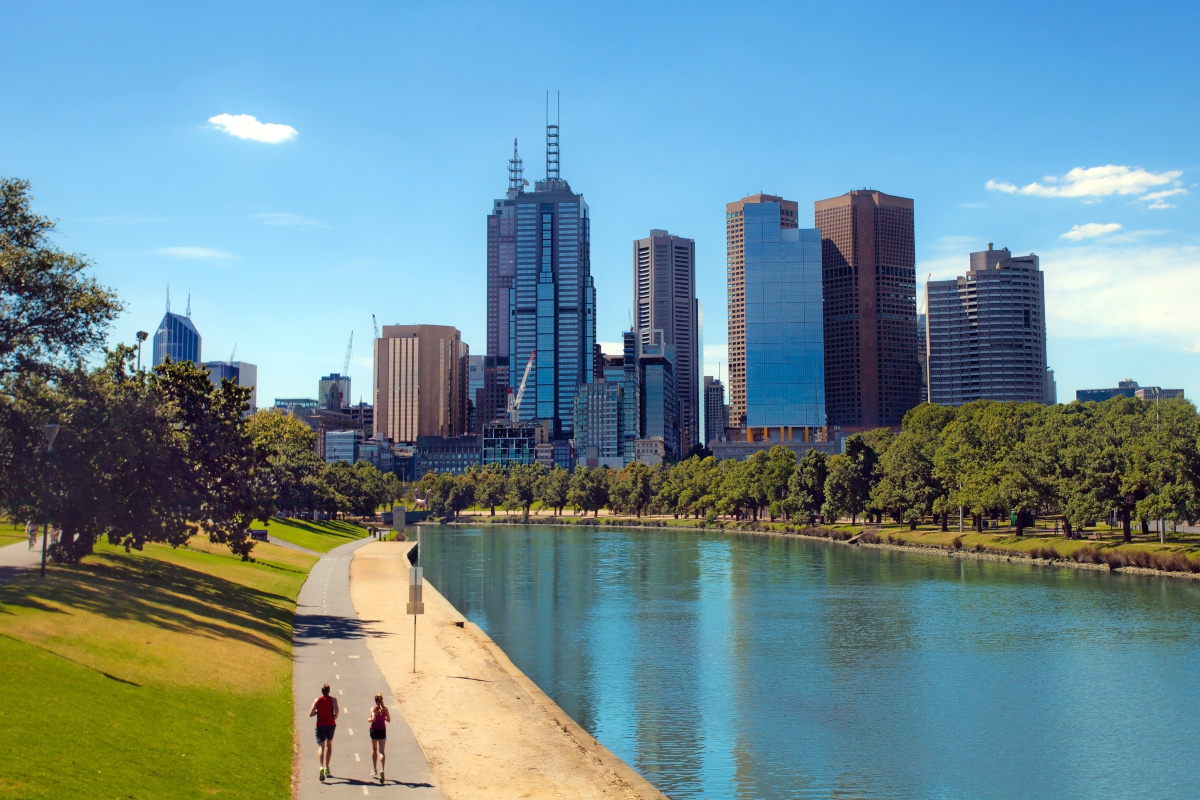
Over in North America, Toronto has a fantastic urban tree canopy program. They’ve committed to increasing their tree canopy coverage to 40% (it’s around 28% now), and they’re using some really cool mapping technology to identify the best spots for planting.
But it’s not always smooth sailing. Singapore, often called a “City in a Garden,” has always prioritized greenery, but they face a constant challenge. In a tropical climate with plenty of rainfall, trees grow fast, and maintenance can be tough. But with a dedicated team and the support of the community, they’re managing to keep things cool in the tropics.
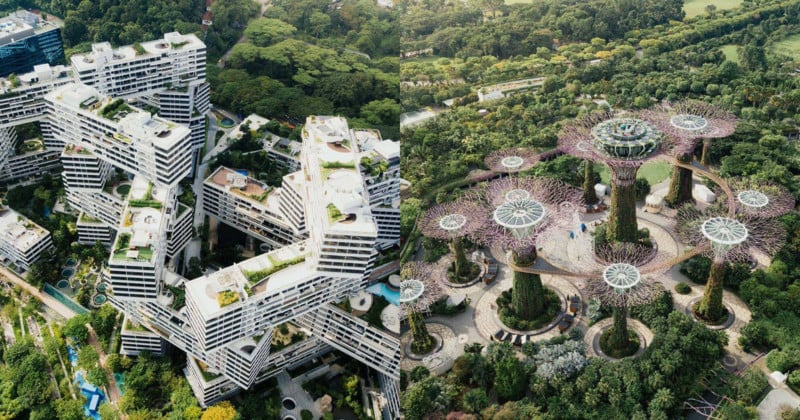
These stories just go to show that while it might be a bit of a challenge to maintain a healthy urban forest, the payoff in cooler temperatures, cleaner air, and happier citizens is worth it.
But let’s not brush over the challenges. After all, anything worth doing is rarely easy, right? Coming up, we’ll look at some of the hurdles cities might face when trying to add more green to their scene.
Challenges in Implementing Tree Canopies
Just like every superhero story, our tree canopies also face their fair share of challenges in the quest to cool our cities.

First up, we’ve got space, or rather, the lack of it. Urban areas are jam-packed with buildings, roads, and infrastructure. So, finding space for our leafy friends can be a real head-scratcher. But city planners have gotten creative, integrating trees into city designs in ways that serve multiple purposes.
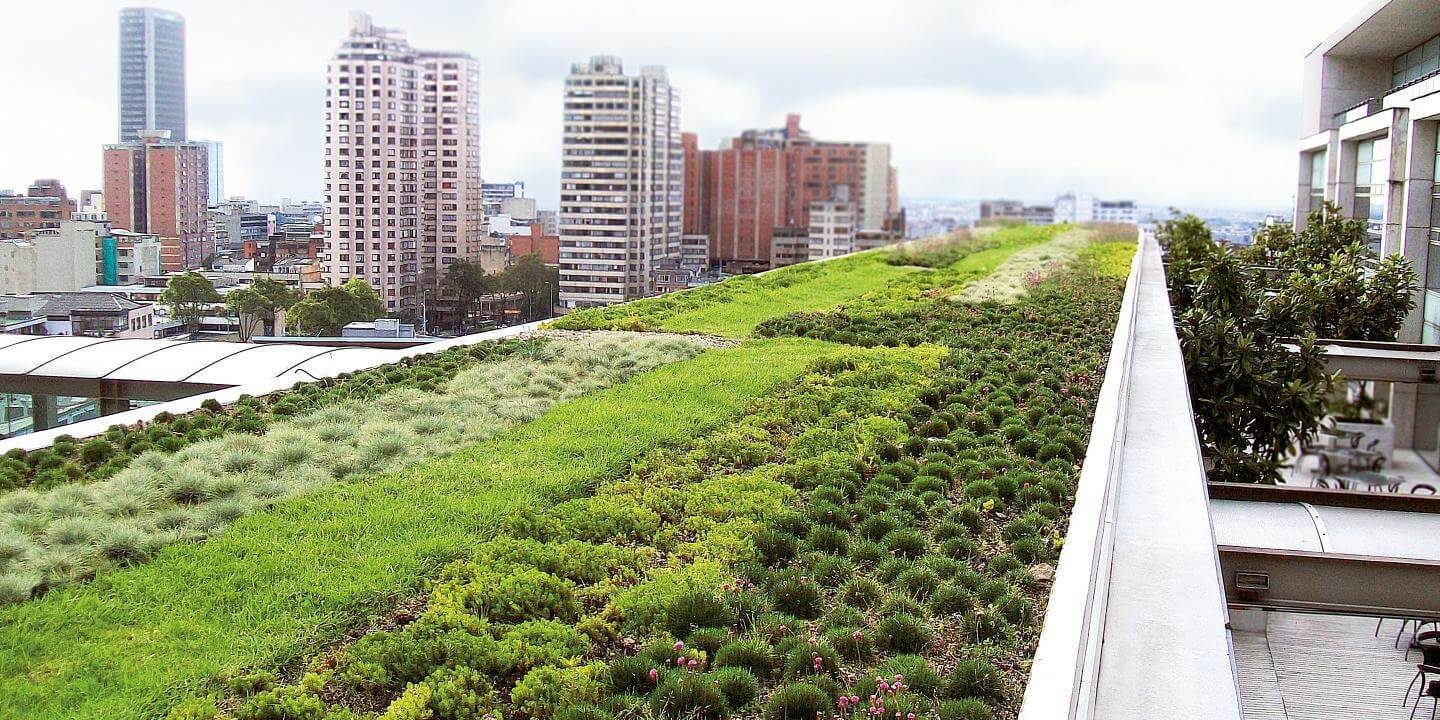
Then there’s the issue of maintenance. As our case study in Singapore highlighted, trees need care and attention. They have to be pruned, treated for diseases, and sometimes even replaced. It’s a big commitment, but considering the benefits they bring, I’d say it’s one worth making.
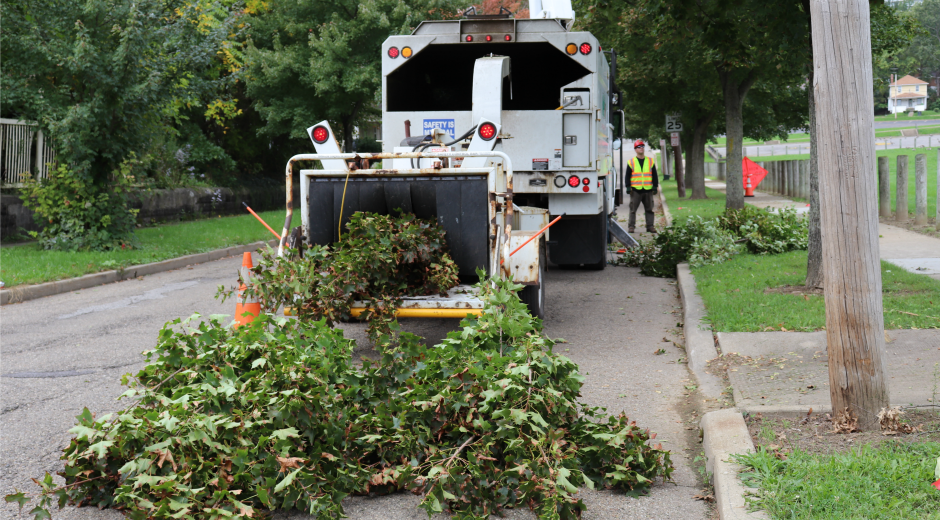
Lastly, there’s some societal resistance to reckon with. Let’s face it, change can be hard. Not everyone loves the idea of replacing a parking space with a tree or dealing with leaves in the fall. But with awareness and education, we can help people see the long-term benefits that far outweigh the minor inconveniences.
However, for every challenge, there’s a solution. As more and more cities embrace the idea of urban forests, we’re coming up with innovative ways to overcome these obstacles. And remember, every little bit helps. A single tree might not seem like much, but multiply that by a city, and you’ve got yourself a serious weapon against the heat!
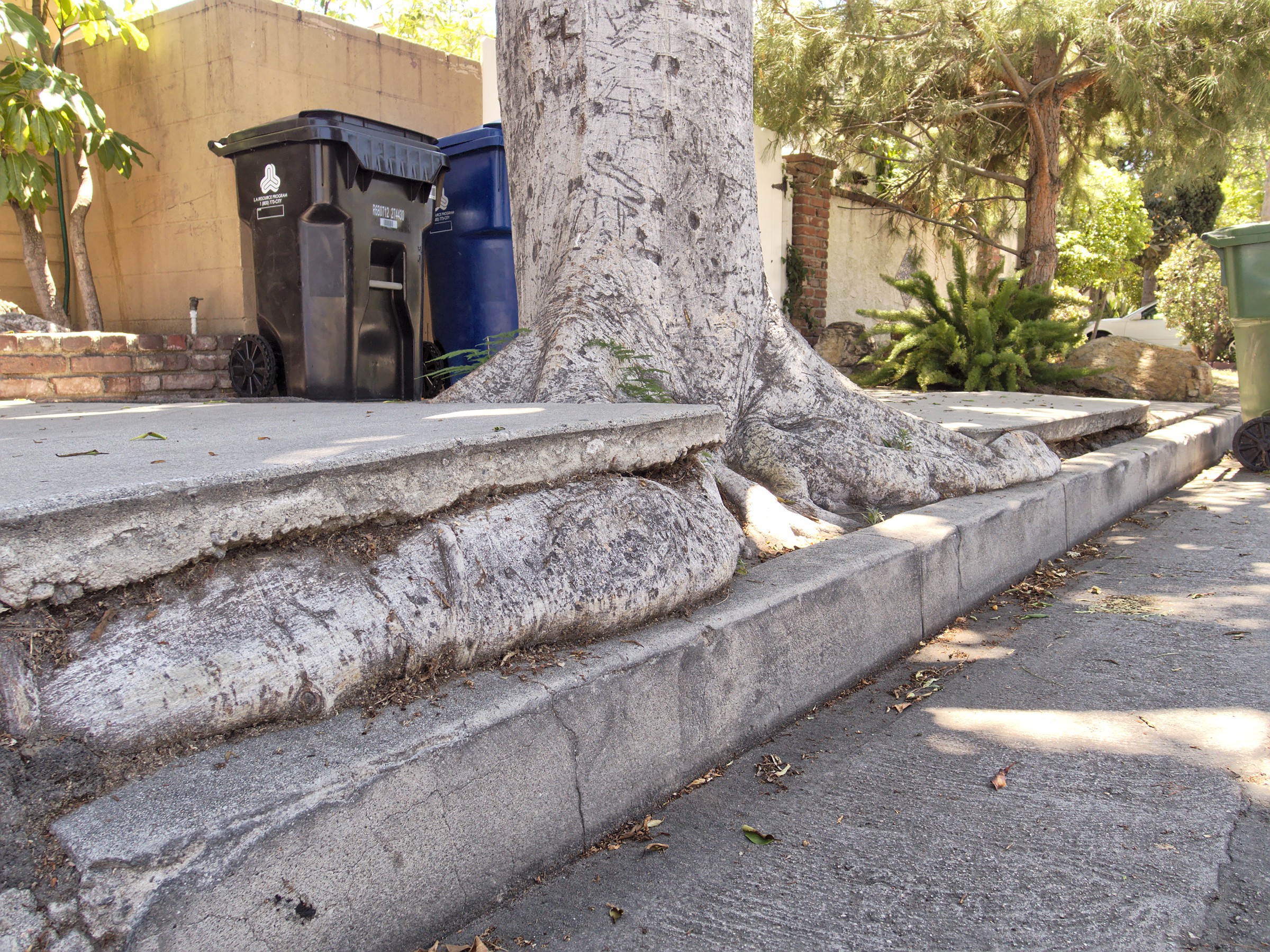
Coming up, we’re going to explore some of the extra benefits that these urban tree canopies bring to our cities. It’s not just about the shade, folks!
Broader Implications of Tree Canopies
When it comes to the wonders of tree canopies in cities, cooling down the streets is just the tip of the iceberg. Let’s unveil some of the other perks these green giants bring along.
First off, trees are nature’s air purifiers. They absorb pollutants and give us clean, fresh air to breathe. So more trees can mean less smog and fewer health issues like asthma. Now that’s what I call a breath of fresh air!
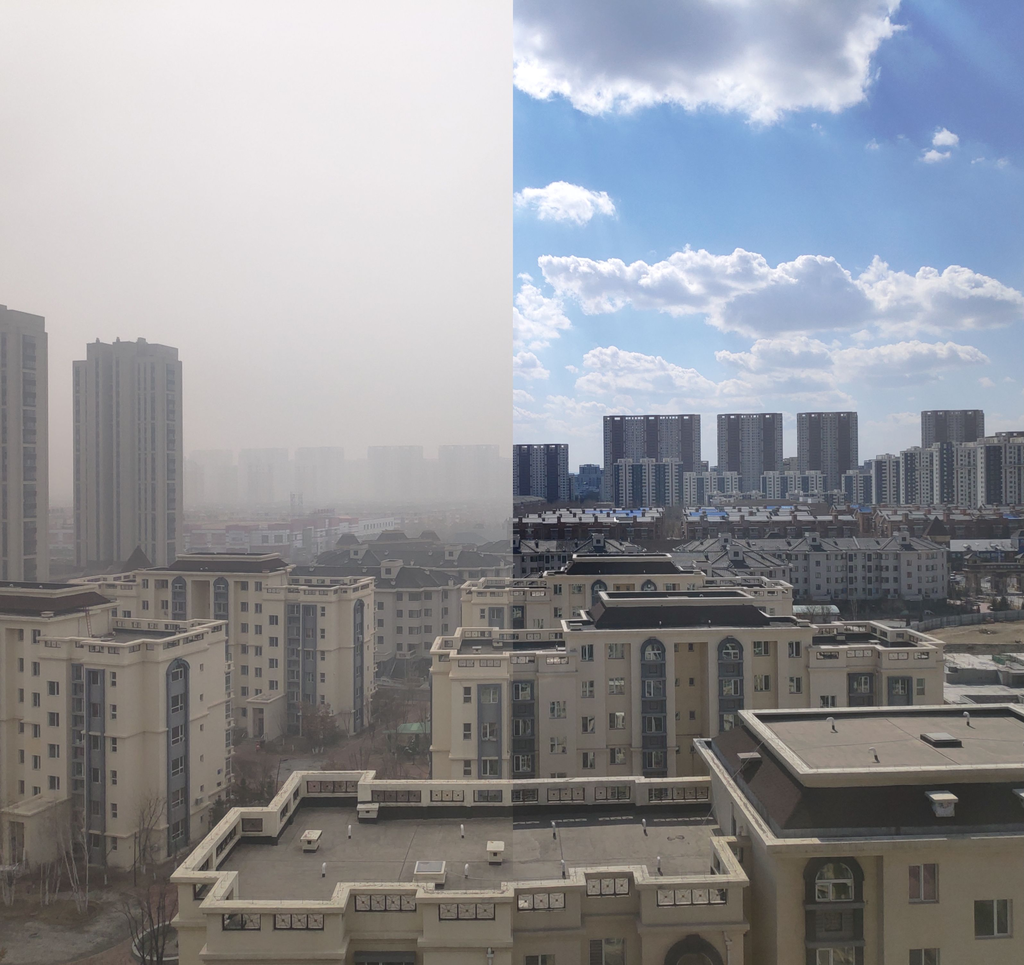
Next, urban trees are a great ally against climate change. By absorbing CO2, they help us combat global warming. And considering how urgent this issue is, every tree planted makes a difference.
But it’s not just about the physical benefits. Being around trees can be a real mood booster, too. Studies show that spending time in green spaces can lower stress levels, improve mental health, and even increase life satisfaction. So tree canopies are also contributing to our overall well-being.
Let’s not forget about the biodiversity, either. Trees provide a home for all sorts of wildlife, even in the heart of the city. Birds, insects, squirrels – they all need a place to live, and our urban forests can provide just that.
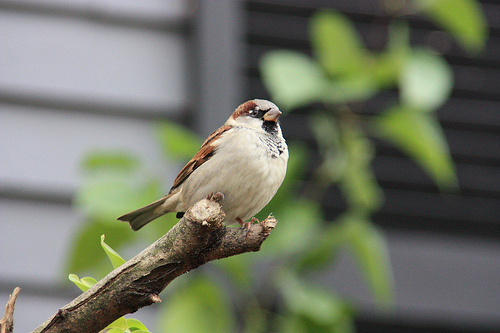
And finally, there’s the sheer beauty of trees. Their changing colors with the seasons, the sound of wind rustling through the leaves, the shade they provide on a sunny day – they truly add to the aesthetics of our urban spaces.
In the end, having more tree canopies in our cities is a win on so many levels. It takes some effort, no doubt, but as we’ve seen, the rewards are more than worth it.
As we wrap up, let’s take a moment to reflect on what we’ve learned and where we’re headed.

Conclusion
Well, folks, we’ve journeyed through the concrete jungle and emerged with a newfound appreciation for our leafy superheroes – the urban tree canopies.
From offering us a shady respite on those sweltering summer days, cooling down our cities with their natural air conditioning, to improving our air quality and providing a haven for wildlife – these tree canopies prove their mettle time and again.

Yes, there are challenges along the way. Urban spaces are tight, maintenance is no walk in the park, and societal resistance can be hard to overcome. But as we’ve seen in cities from Melbourne to Toronto to Singapore, with a bit of planning, commitment, and community involvement, it’s possible to grow and maintain vibrant urban forests.
And the rewards? A cooler, cleaner, healthier, and happier city for all of us to enjoy. After all, as the saying goes, “The true meaning of life is to plant trees, under whose shade you do not expect to sit.”

So next time you’re out and about in your city, take a moment to appreciate the trees and the coolness they bring. And if you feel like getting involved, see how you can help your city’s urban forestry initiatives. Remember, every tree counts!
Thanks for joining me on this tree-rific journey. Here’s to cooler, greener, and more tree-filled cities!
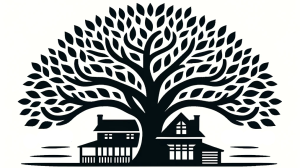
Leave a Reply